Lanzarote, January 2010

La Geria, a vineyard with a difference. Each vine is in a hollow in the volcanic sand, with a stone wall, to protect it from the wind and to trap any condensation that forms in this arid land.
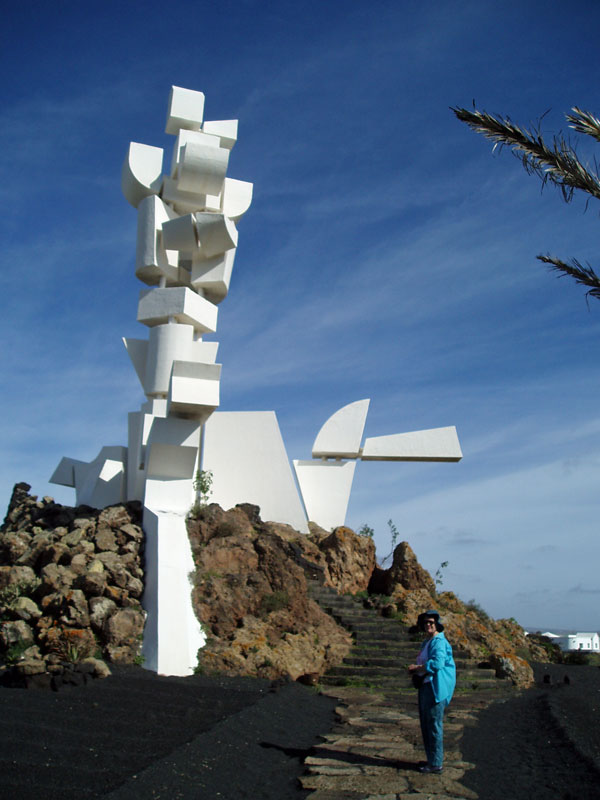
Mary at Manrique's Campesino monument.

The garden of Manrique's house, which is now preserved as a cultural foundation and art gallery.

Another view of the garden, with a mural by Manrique.

The house is built over five large, interconnecting volcanic bubbles, each of which has been made into a room, or in one case a swimming pool.

Stairs down to the lava bubbles.

Mary by the pool.

One of the passages connecting the bubbles.

Inside one of the bubbles. This is the "red room", with a sculpture by Manrique.

Cactus garden in the El Patio agricultural museum at Tiagua.

The little island of La Graciosa, from the Mirador del Rio at the northern tip of Lanzarote.

The view down the coast from the mirador.
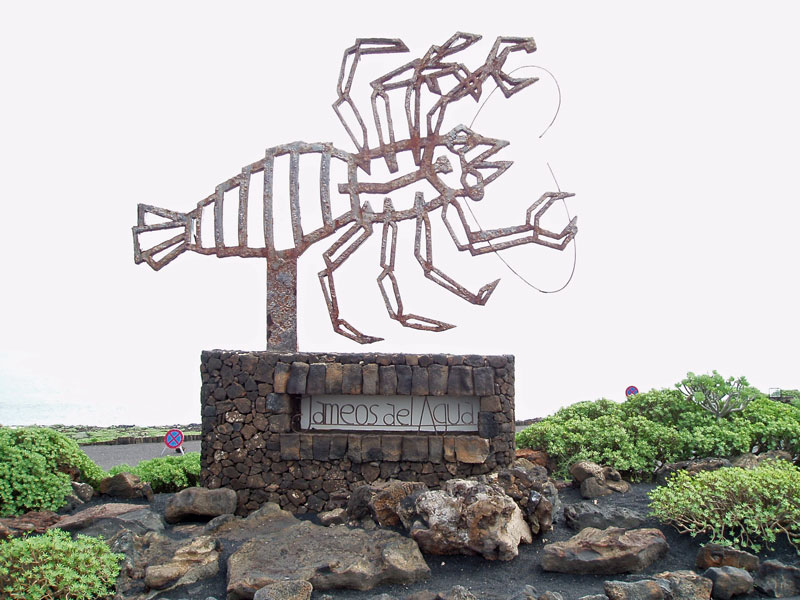
Jameos del Agua, another of Manrique's projects, in which a huge, partially collapsed volcanic tube has been converted into a restaurant, night club and park.

The entrance to Jameos del Agua.
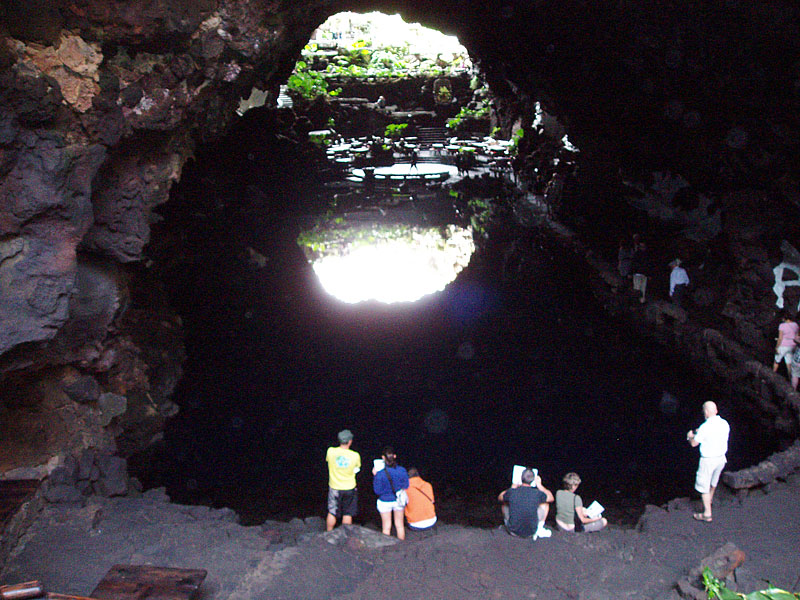
The underground lake at Jameos del Agua, so crystal clear that you can step into it without seeing where the water starts (I did).

One of the thousands of little albino crabs, about 1cm long, that live in the lake and are found nowhere else on earth.

Looking back at the lake from the far end.

Stone bar stools, a typical Manrique touch.

The ornamental pool at Jameos del Agua.
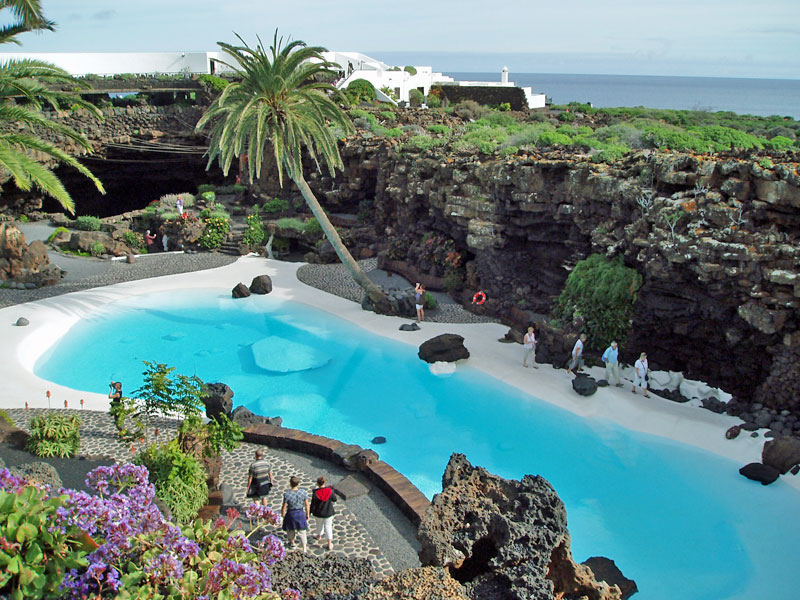
The pool from above.

Lizard (emblem of Lanzarote) at Jameos del Agua.

The marina at Puerto Calero.
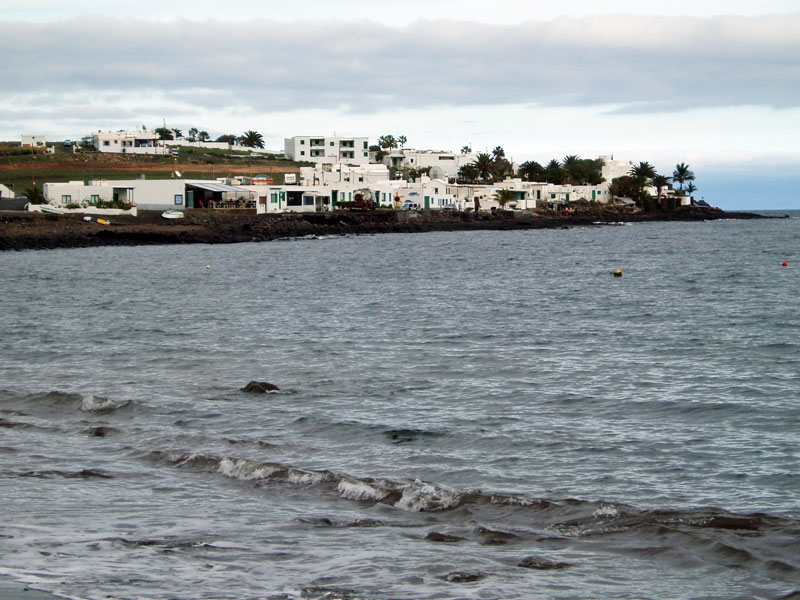
The bay at Playa Quemada, so far unspoilt by tourist developments.
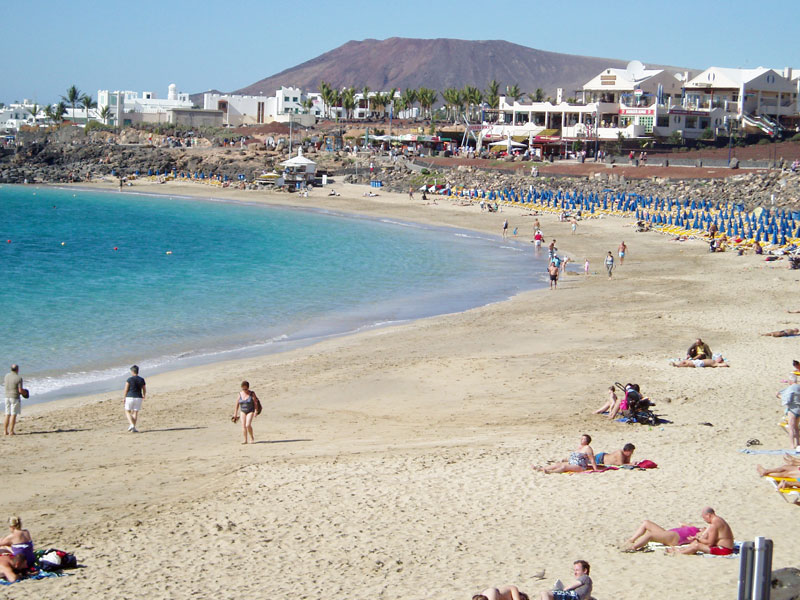
A final view of Playa Dorada.
